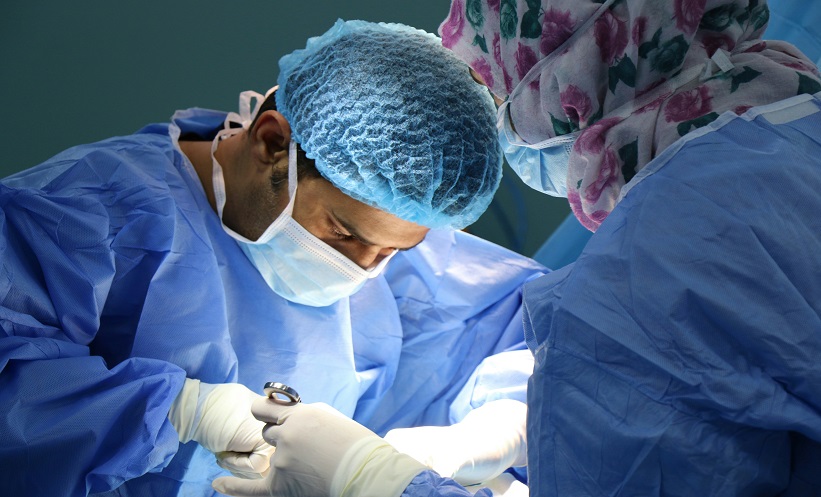RECTAL cancer surgery remains one of the most complex gastrointestinal procedures due to anatomical challenges and the need to ensure oncologic precision. While achieving oncologic margins within a narrow pelvic field, surgeons must navigate risks such as anastomotic leakage, surgical site infections, and long-term complications like anorectal and sexual dysfunction. Among these, postoperative neurogenic bladder (PONB) significantly impacts patients’ quality of life, necessitating prolonged catheter use in up to 16% of cases. PONB primarily arises from nerve injuries sustained during surgery, with factors like older age, diabetes, and tumour location influencing its occurrence.
Contrary to expectations, recent research indicates that patients with low visceral fat area (VFA) are at higher risk of developing PONB despite the lesser surgical difficulty compared to obese individuals. A VFA under 115 cm² correlates with increased PONB risk, while levels below 35 cm² are linked to severe PONB. This finding challenges the assumption that obesity-associated visceral fat exacerbates nerve injury. Instead, low VFA may expose nerves to thermal damage from energy devices used during surgery, such as ultrasonic shears and vessel sealing systems. These tools, though effective for haemostasis, can harm surrounding tissues, increasing the likelihood of neurogenic bladder.
Advances in robotic-assisted surgery may mitigate some risks. Robotic systems enhance precision through multijointed instruments and three-dimensional visualisation, reducing spatial constraints in deep pelvic areas. Studies suggest a lower incidence of urinary retention and better outcomes with robotic surgery compared to traditional laparoscopic methods. Nonetheless, intraoperative care remains critical, especially in cases involving preoperative chemoradiotherapy, which can complicate the surgical field due to tissue changes.
While this study highlights novel risk factors for PONB, such as low VFA, further research across diverse populations is needed to confirm these findings. The association between anatomical features and surgical difficulty underscores the importance of tailored surgical strategies, careful nerve preservation, and advances in minimally invasive techniques to optimise outcomes for rectal cancer patients.
Reference
Matsui T et al. Deep pelvis and low visceral fat mass as risk factors for neurogenic bladder after rectal cancer surgery. BMC Gastroenterol. 2024;24(1):323.








